It’s hard to imagine today, but when Star Trek: The Next Generation debuted in 1987, its initial reception was mixed at best. The show, which would go on to become an Emmy-award-winning fixture in science fiction television conversation for nearly four decades and counting, didn’t just face intense backlash from fans who viewed any non-Kirk return to Star Trek as a farce; but early episodes were far from beloved in their own right.
As part of TheGamer’s commitment to ranking each of 1990s-era Trek’s several spinoffs, we’re taking a deeper look at TNG’s seven-season uphill success story, one year at a time.
7
Season One (1987-88)
There’s no sugar-coating this. Star Trek: The Next Generation’s first season is one of the weakest seasons in the franchise. There are arguments to be made that it is the worst.
The series premiere, “Encounter at Farpoint”, did an awkward job introducing the show’s core cast. Even Sir Patrick Stewart looked downright uncomfortable in it. It was immediately followed by “The Naked Now”, a painfully overwrought outing that misses the mark on intended humor and lands with a cringe-inducing thud, followed in turn by “Code of Honor” – an episode so bad that Jonathan Frakes has rightly labeled it “racist”. Not exactly Trekkian philosophy.
There was the occasional standout episode; “The Big Goodbye”, which introduced the franchise to the soon-to-be-ubiquitous holodeck, is a charming little hair-down detective noir episode, and “Conspiracy” brings a parasitic alien infestation to Starfleet to the tune of a deliciously uncomfortable plot with a horror-fueled finish.
Yet pretty much everything else is middling at best, and frequently downright rough. We seldom advocate skipping episodes of Star Trek altogether, but finding a viewing guide for TNG season one isn’t a terrible idea.
6
Season Two (1988-89)
Depending on who you ask, The Next Generation’s second season isn’t much better than its first. We thoroughly disagree, but that doesn’t mean it’s all good news.
Beginning with the cringe-inducing “The Child”, and concluding with a clipshow filler finale in “Shades of Grey” that is commonly held as the worst installment in the 176-episode series, season two isn’t exactly bookended to impress. But we begin to see the cast growing more comfortable in their roles, and the beloved Captain Jean-Luc Picard and Data come through especially well as the whole production improves.
Speaking of those two legendary characters, “Measure of a Man” is one of TNG’s earliest full-blown masterpieces. Picard fights in court for the rights of his sentient android crewman in a riveting judicial drama. “A Matter of Honor” gives 24th-century Trek its earliest successful Klingon-centric episode, placing Commander William Riker aboard a vessel in an exchange program with the Federation’s one-time enemies turned somewhat tense allies. And “The Emissary” is the beginning of a very long, ultimately satisfying, three-series-spanning (!), arc for Worf.
“Q Who?” sees the second return of John de Lancie’s delightfully fiendish omnipotent Q, who holds humanity on trial from the mediocre series premiere to its far stronger finale. More pivotally, “Q Who?” introduces the Borg, who went on to become arguably Star Trek’s most memorable and pop-culturally impactful villains.
5
Season Seven (1993-94)
We’re warmer on the seventh season than much of fandom, even as we likely rank the series’ final chapter roughly in-line with many of those same fans. Overall, it’s the least impressive batch after Star Trek: The Next Generation’s rocky freshman and sophomore years, but that doesn’t mean it’s by any means dreadful.
Much has been made about season seven’s noticeably dire offerings. “Genesis” takes everything we ought to comprehend about evolution and upends it to a cheesy effect that is downright impossible to take seriously. “Emergence” is a lame, half-cocked, attempt to give the Enterprise computer frightening agency. Instead, it’s a snooze fest. And “Sub Rosa”, which puts Doctor Beverly Crusher in bed with an alien ghost, is complete with moans and groans – mainly the latter. It’s so, so, bad.
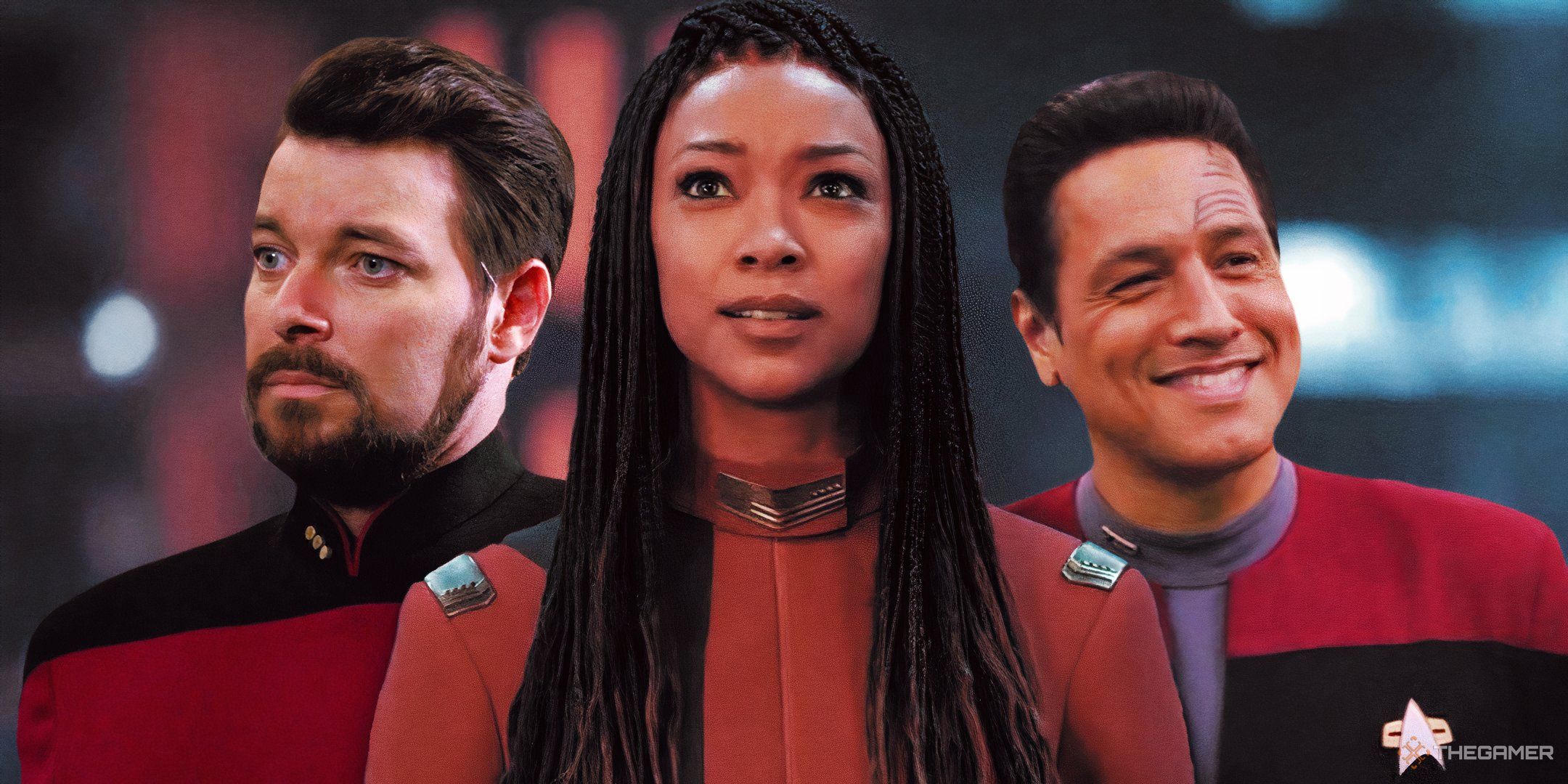
Related
Star Trek: The 8 Best First Officers
Set a course for every almost-captain major character in the series.
But don’t let these and other duds dissuade you from sticking with the seventh season, because some of TNG’s absolute highlights are stuffed in here as well. “Lower Decks”, which has gone on to inspire the name of a 2020-2024 animated comedy spinoff, puts the ship’s “lesser” officers center-stage in a compelling plot with real stakes. “Parallels” is a fascinating multidimensional romp; “The Pegasus” might be Commander Riker’s best episode of all; “Preemptive Strike” sends recurring character Ro Laren off (well, until decades later) in style. Most of all, “All Good Things…” is heralded as one of TV’s best series finales – and we don’t disagree in the slightest.
Season seven is undeniably uneven, but it benefits greatly from the complete comfort that the cast has in its roles and interplay at this point in the show, and even middle-of-the-pack episodes like “The Gambit”, an adventurous two-parter, have plenty of charm.
4
Season Four (1990-91)
The fourth season, naturally, closes out that cliffhanger with “The Best of Both Worlds, Part II”. While the human drama doesn’t match the heights of its setup, the Battle of Wolf 359, in which Starfleet mounts its desperate defense against the Borg, makes up for it. Immediately following the premiere is “Family”, which lends more depth to our justifiably emotionally-scarred Picard, who has only just recovered from his time as a Borg.
There’s so much else to love. “The Drumhead” is yet another court trial episode, but – as is typically the case on TNG – it’s mesmerizing stuff. “Remember Me” is a harrowing Crusher story, “Reunion” presses things forward for Worf and displays the growing fragility of the Klingon Empire, “Future Imperfect” is a psychological thriller for Riker, “Data’s Day” is delightful.
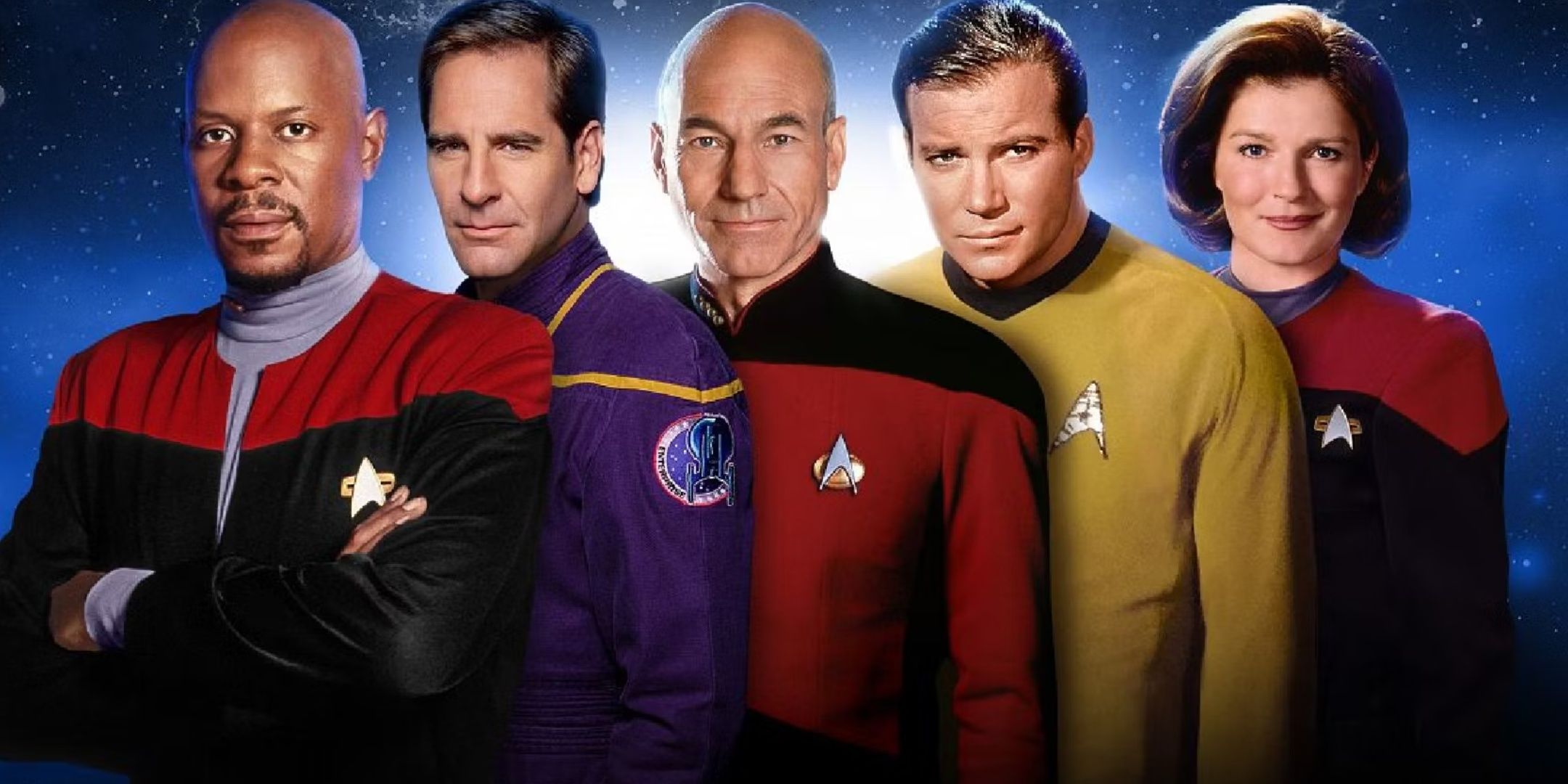
Related
Star Trek: The 10 Best Captains
Not every Star Trek captain is created equal — these are the best in the series.
“The Wounded” is our first spotlight for Chief Miles O’Brien and the introduction to the Cardassians, who will steadily increase in relevance as the eventual spinoff Deep Space Nine takes the ball here and runs with it. “First Contact” is pure sci-fi goodness. “Qpid” puts the TNG cast in Sherwood Forest – ’nuff said, really. It all leads up to “Redemption, Part I”, the epic first part in the Klingon Civil War story.
There are some real doozies. “The Loss” is poorly-paced and plodding. “Devil’s Due” is a touch too TOS-esque in a way that just doesn’t work for TNG. “Galaxy’s Child” paints Geordi La Forge as petulant and romantically manipulative to an infuriating, halfway-to-character-assassinating, degree; thank goodness for “The Mind’s Eye”, which is a far superior fourth-season Geordi rep.
3
Season Three (1989-90)
Season three is when Star Trek: The Next Generation “grows the beard”, which is to say, it gets good. As in, more consistently so, and with generally higher highs than what came before it. The term, which is a cheeky reference to Riker suddenly having facial hair, has become so broadly adopted that folks have been saying it about dozens of different shows ever since.
The cast really starts to gel at this point, which contributes to the success of Data’s “The Most Toys” and heart-wrenching parental tale “The Offspring”, Riker and Troi’s “Ménage a Troi” – with a conclusion via Picard that is just outstandingly funny – and more. The Romulans come into sharper focus, as seen in the thrilling episodes “The Enemy” and “The Defector”, an enemy-of-my-enemy LaForge story and political thriller, respectively. “Sarek” is a powerful and tragic spotlight on Spock’s estranged father, “Sins of the Father” is one of Worf’s best episodes and a Klingon tour de force, and “Yesterday’s Enterprise” brings back the deceased Tasha Yar in a saga of tragedy and triumph.
It all comes to a close with “The Best of Both Worlds, Part I”. The Borg-invasion, Picard-compromised, Riker-challenging, cliffhanger numbers among television’s most famous, and prompted feverish speculation throughout the summer months.
Most of the mediocre episodes aren’t even all that mediocre. “Booby Trap” is a bit plodding; “The Price” is uninspired and (as with most of TNG) doesn’t handle the Ferengi well; “Captain’s Holiday” is hokey pulp romance, and yes, we know it has its fans. That alone is telling, even if we dislike it! “Transfigurations”, the penultimate episode, does commit that greatest of TV crimes: It’s boring as all get-out.
2
Season Five (1991-92)
Kicking things off with the conclusion to a Klingon Civil War with “Redemption, Part II”, and finishes fairly well with the time-travel extravaganza of “Time’s Arrow, Part I”, season five probably peaks in its first half – “Darmok” is such a venerated tale of linguistic cross-cultural challenges that it’s found its way into the libraries of college instructors worldwide. “Ensign Ro” introduces the aforementioned fan-favorite Ro Laren. “Disaster” provides Counselor Deanna Troi with her first, much-appreciated, taste of command (and Worf, who apprehensively delivers Miles and Keiko O’Brien’s child, with one of the funniest birthing sequences in television history).
The “Unification” two-parter brings back Leonard Nimoy’s timeless Spock in a neat quasi-tie-in with the contemporaneous sixth Original Series feature film. Oh, and “The Cost of Living” is Lwaxana Troi’s finest hour. If that doesn’t sound like an impressive accomplishment, we don’t blame you. But seriously, it’s good.
The second half still has real winners: “Cause and Effect” is a trippy foggy-memory story; “The First Duty” showcases a gripping Starfleet Academy trial in which none other than Wesley Crusher is held in contempt; “I, Borg” is a bold twist on the Borg saga; “The Inner Light” is perhaps Picard’s single most celebrated episode.
Season five still stumbles, but then again, every season has its lesser fare. “The Game” is a far worse use of Wesley than “The First Duty”; it comes across as a painfully dated view on the gaming medium. “Violations” isn’t the “right” brand of uncomfortable, if you take our meaning. “Power Play” isn’t the winner that its mentally-possessed-by-renegades hook could have been. “The Outcast” attempts to tackle a serious social issue (as Star Trek often does) but does so poorly (as Star Trek sometimes does).
1
Season Six (1992-93)
Most of Next Gen’s cast regard its sixth season as its best. While that’s hardly the complete consensus among fans, who are just as likely to cite the third, fourth, or fifth, we happen to agree wholeheartedly.
There is something special about season six. It is an immutable quality that overcomes even the weakest bits, a strength and self-confidence in its production that shines through in every performance. This is TNG in its developmental prime.
“Relics” boldly brings back Scotty from The Original Series, “Schisms” will leave you slightly concerned that you’ll be abducted by aliens in your sleep (we mean this as praise, to be clear), “A Fistful of Datas” is a Wild West extravaganza for – of all people – Worf, “Ship in a Bottle” is a holodeck-ethics power hour, “Face of the Enemy” is a customarily Romulan plot-within-plot that happens to give Marina Sirtis some downright brilliant material for Troi.
“Tapestry” is Q’s absolute zenith outing, “Frame of Mind” is Jonathan Frakes’ most stellar performance of all, “Rightful Heir” challenges Worf’s difficult sense of faith, “Second Chances” is Frakes against… Frakes in a pseudo-clone tale, and “Timescape” is a unique spin on whodunnits. The “Chain of Command” two-parter, while a touch contrived, is thrilling from start to finish and remains one of my personal most beloved two-actor showcases in the torture of Picard by his Cardassian tormentor, Gul Madred.
What’s funny here is that there are plenty of fairly pedestrian episodes despite our effusive overall praise. “Rascals” is goofy, “Aquiel” is tedious, “Birthright, Part I” is kind of whatever and its sequel is not much better. Even “The Descent, Part I”, the Borg-fueled finale, could have used a bit of fine-tuning. Yet the heights are so unassailable here, and the broad strokes of the show work so effortlessly well, that we still place season six ever-so-slightly above the also-superb fifth.
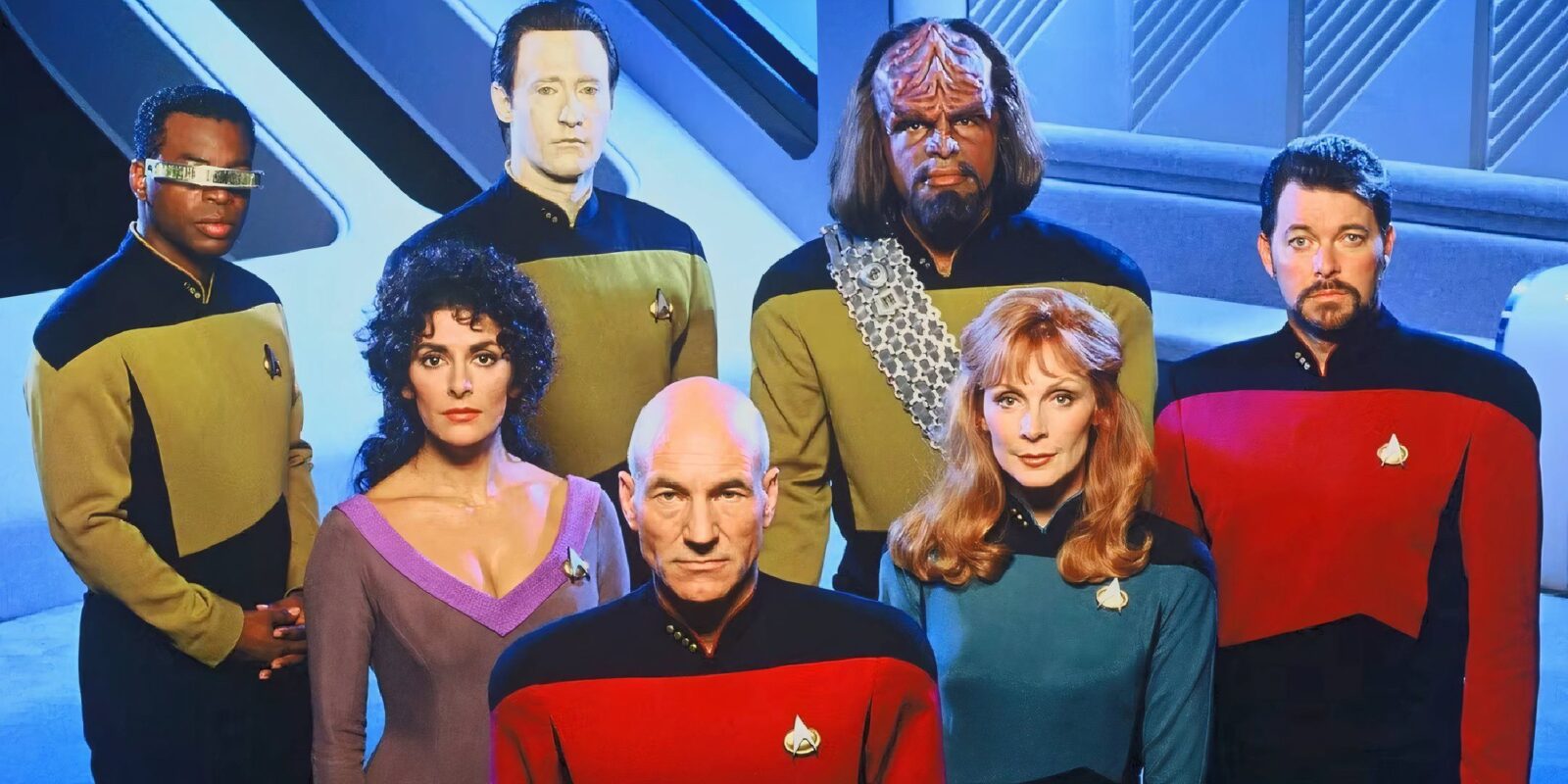

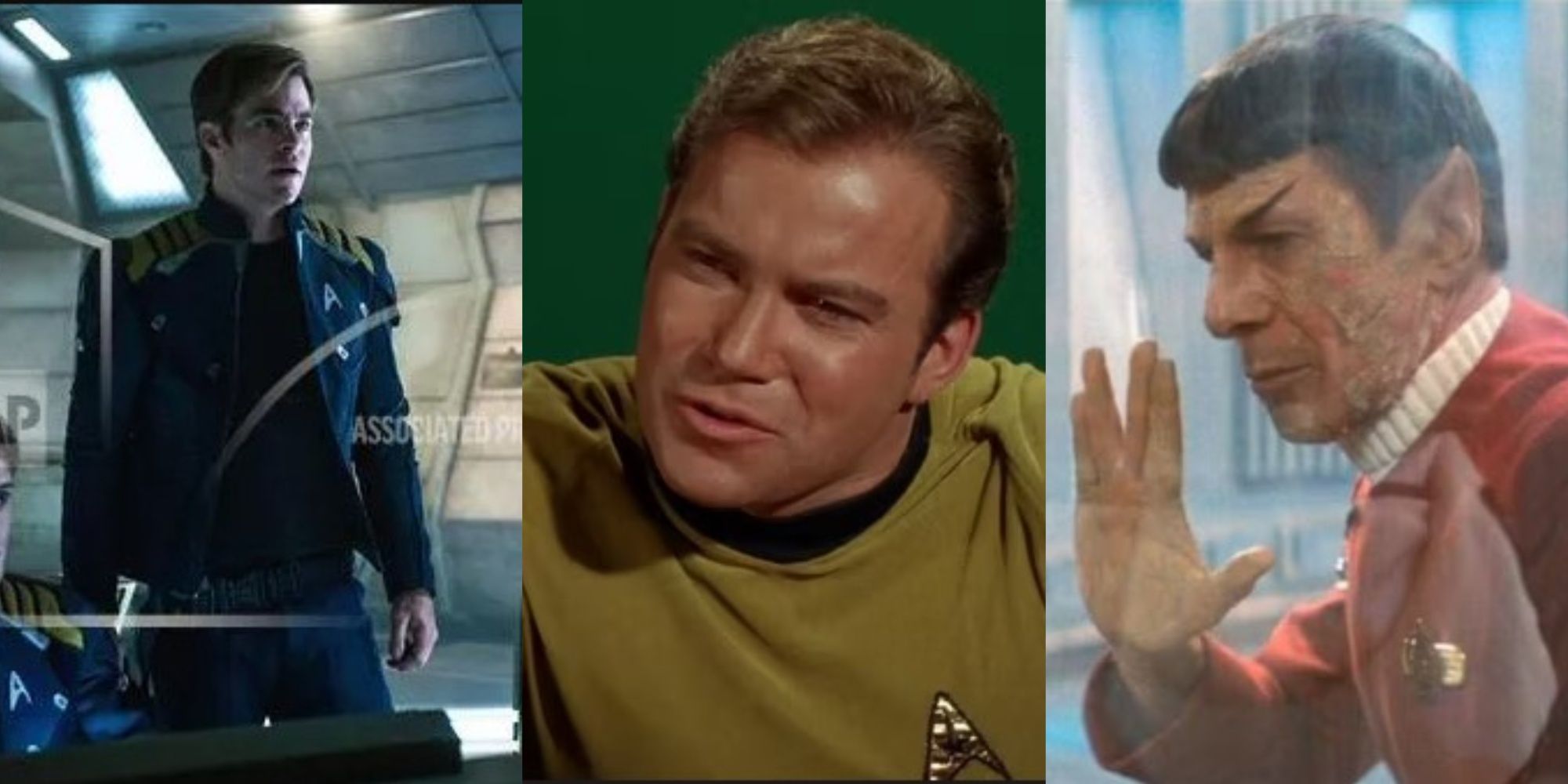
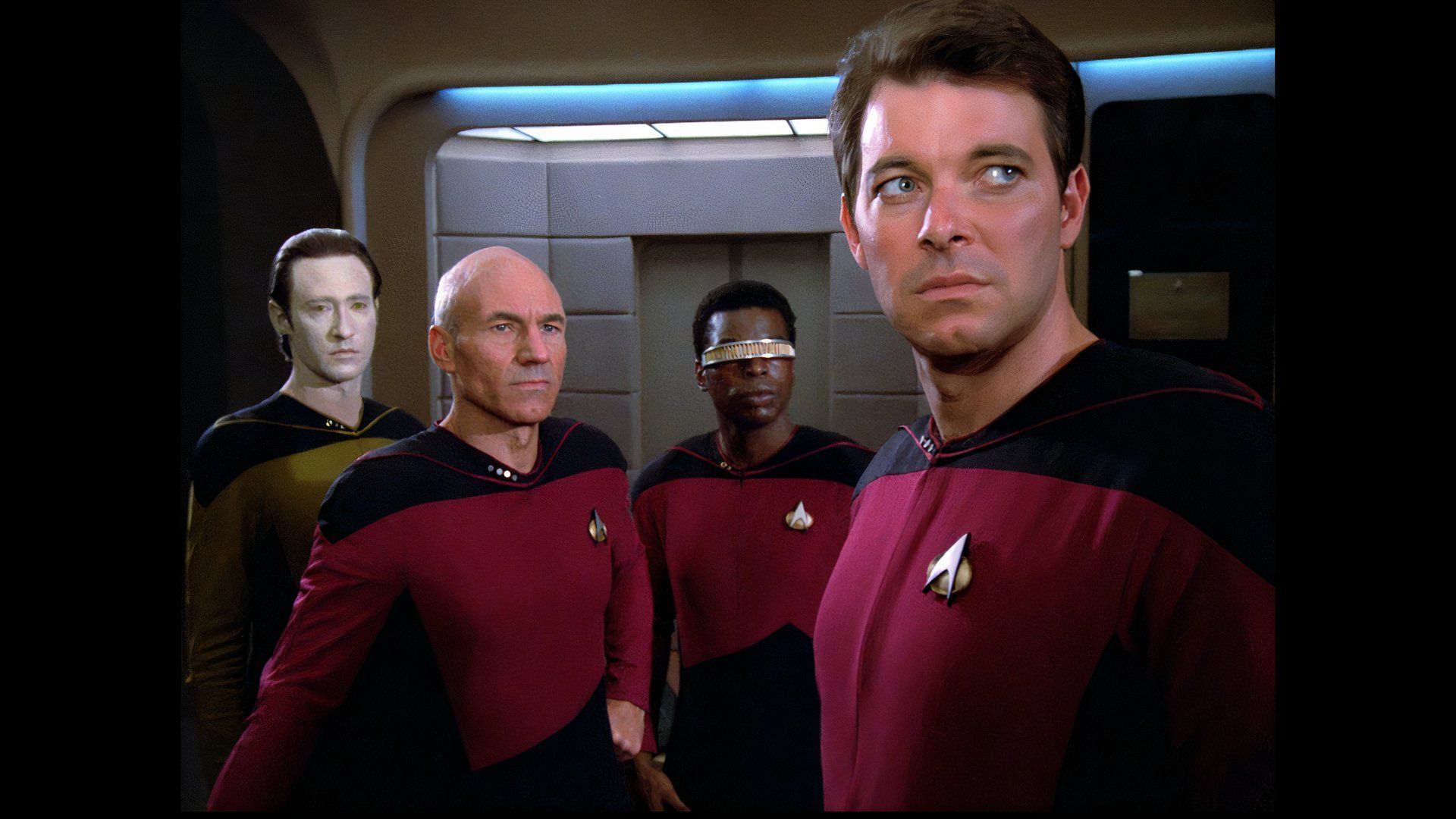
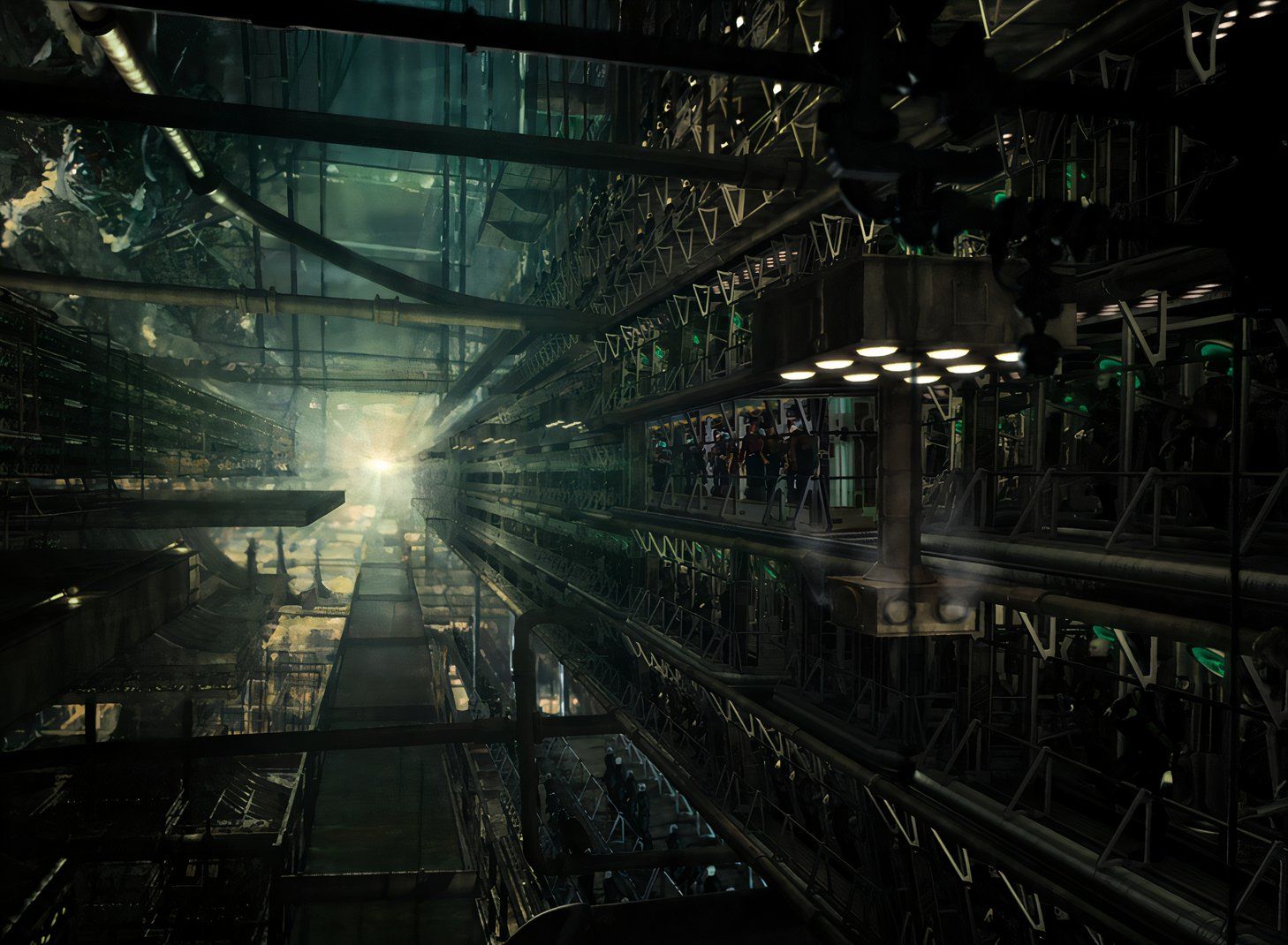


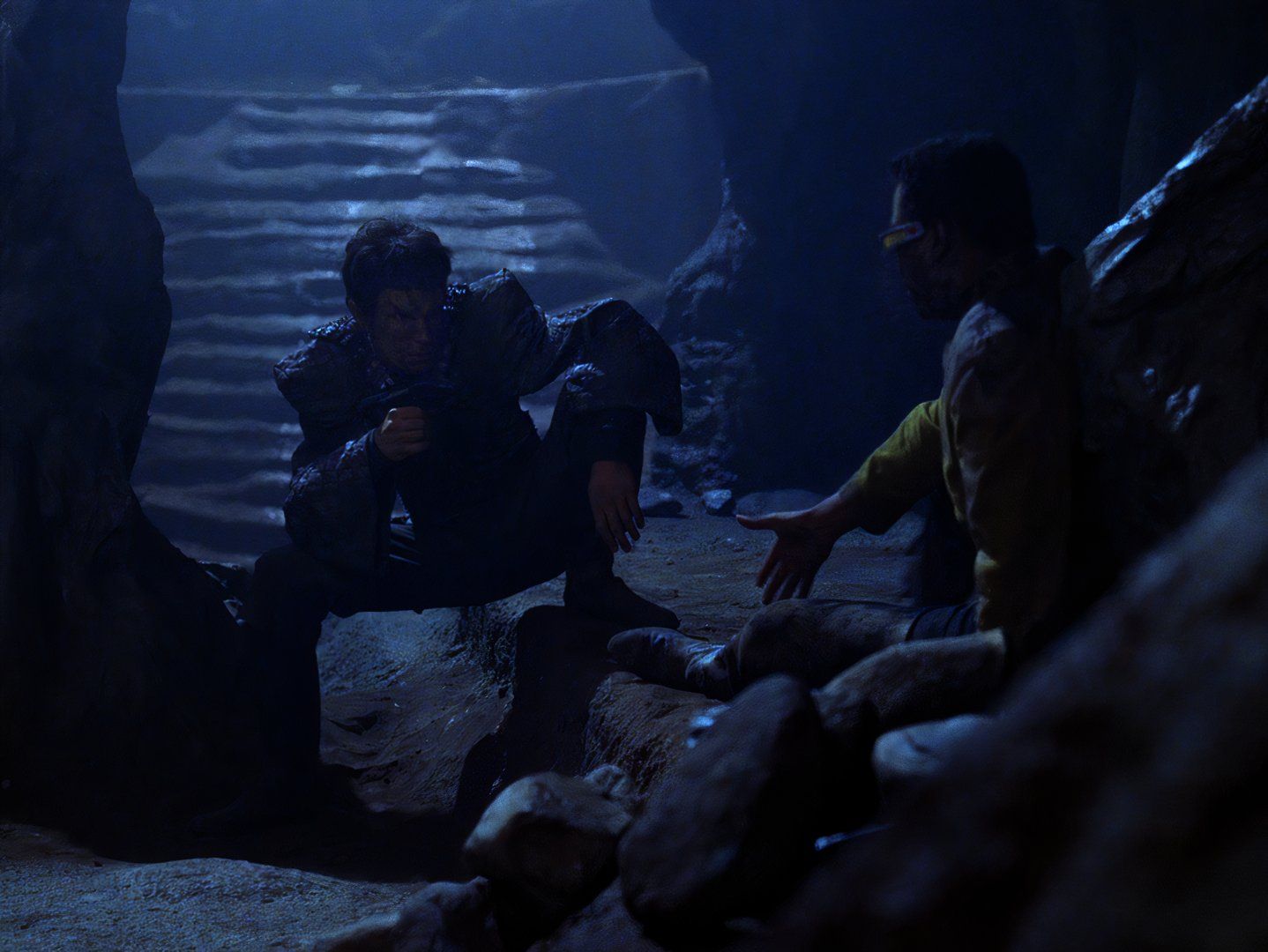



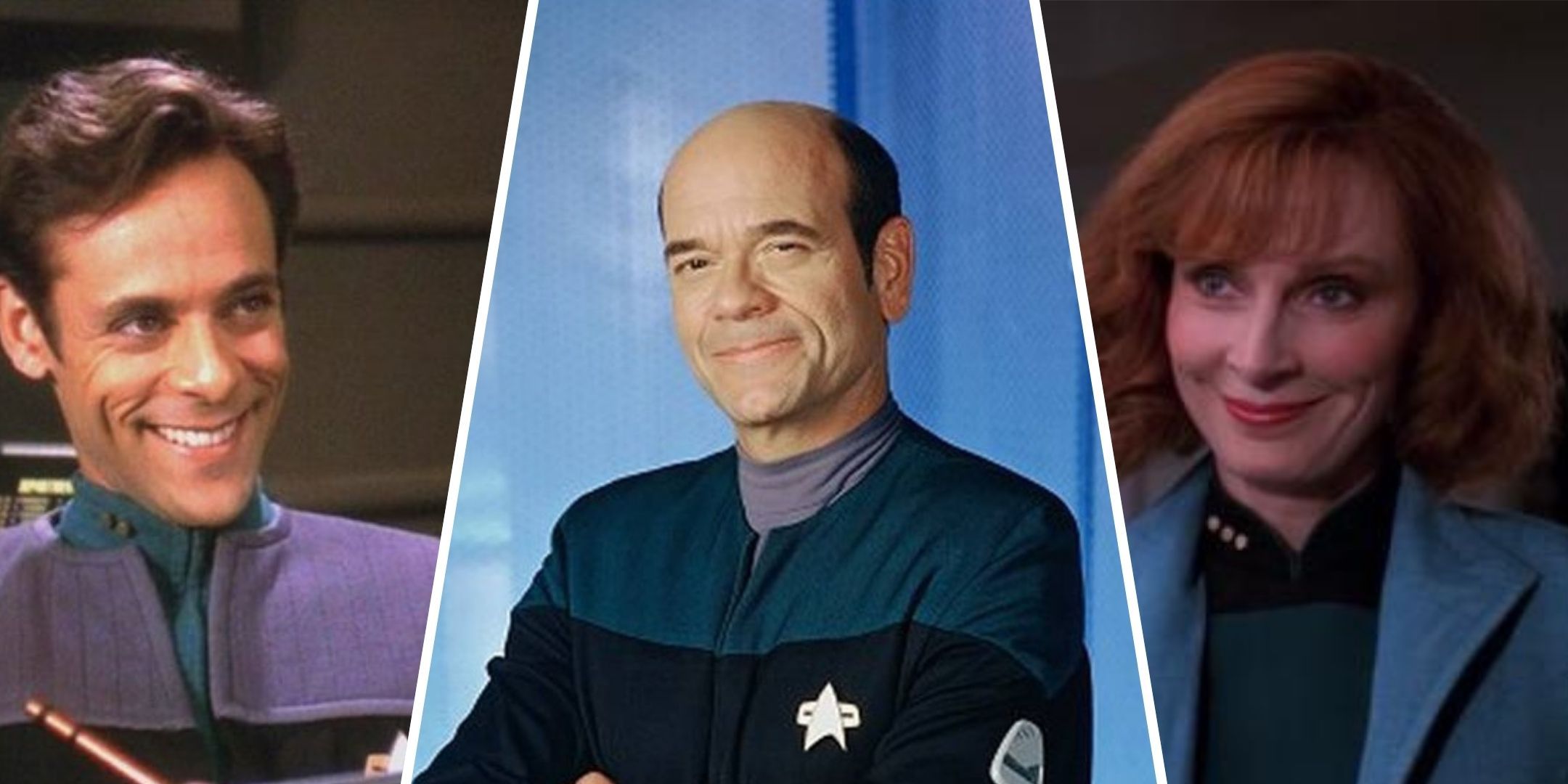
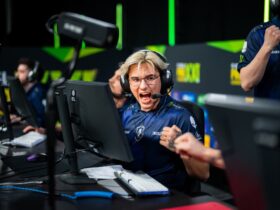



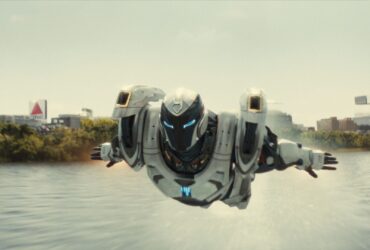
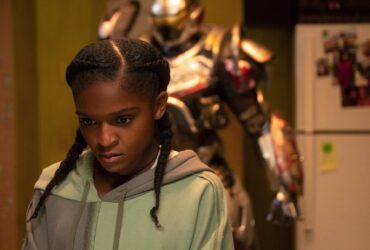


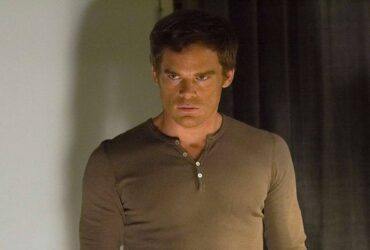
Leave a Reply